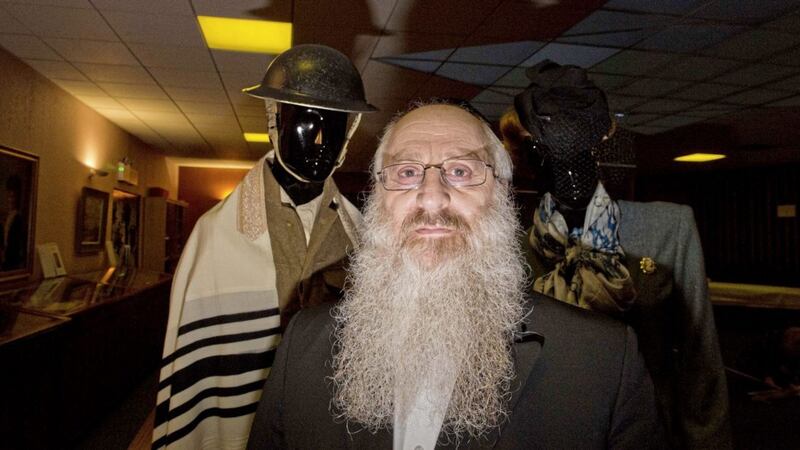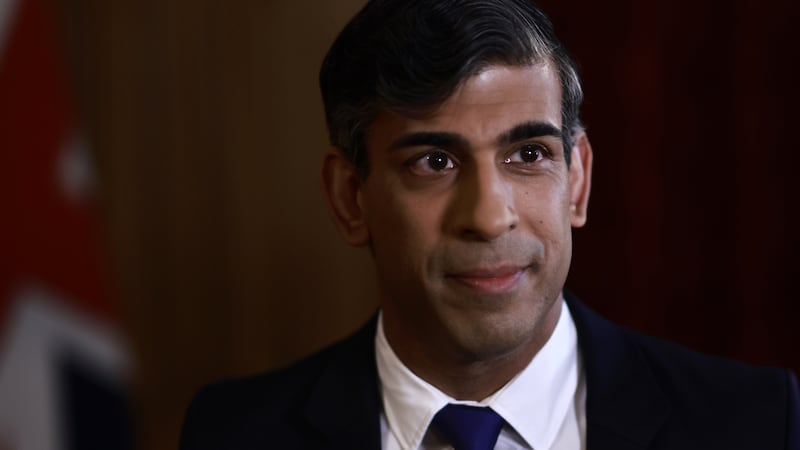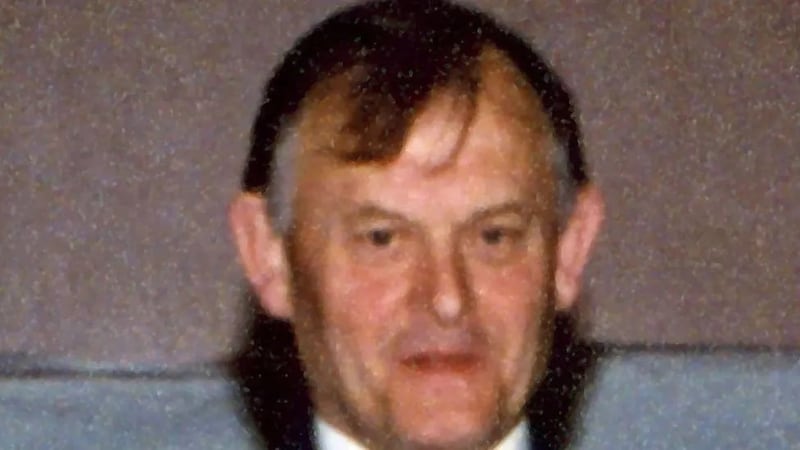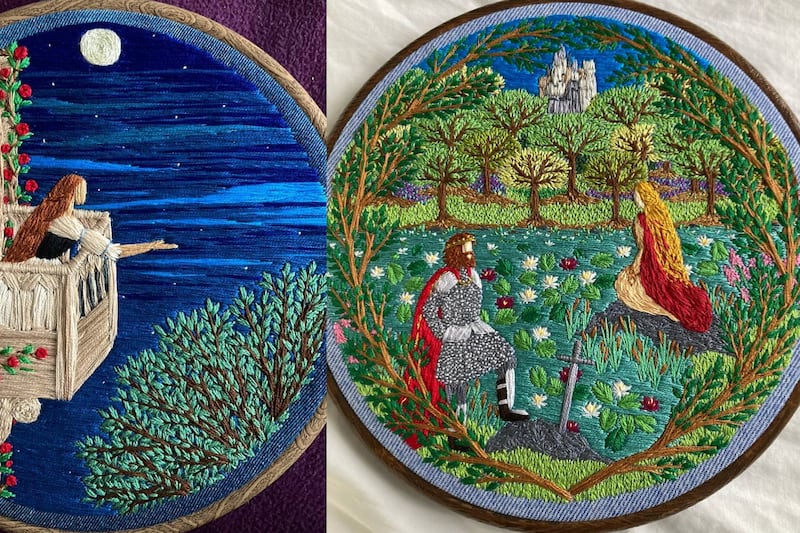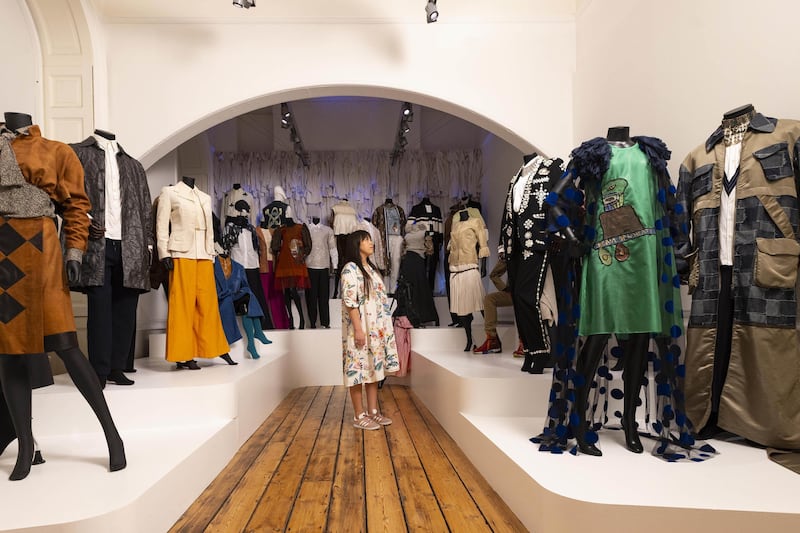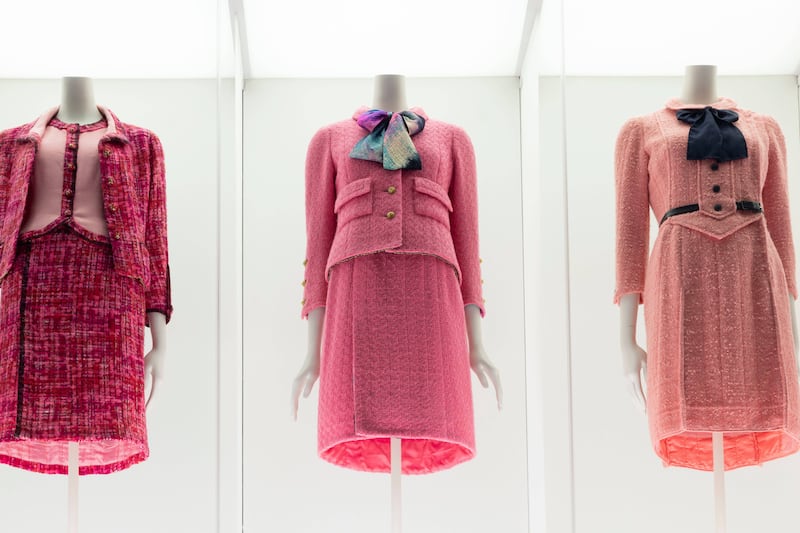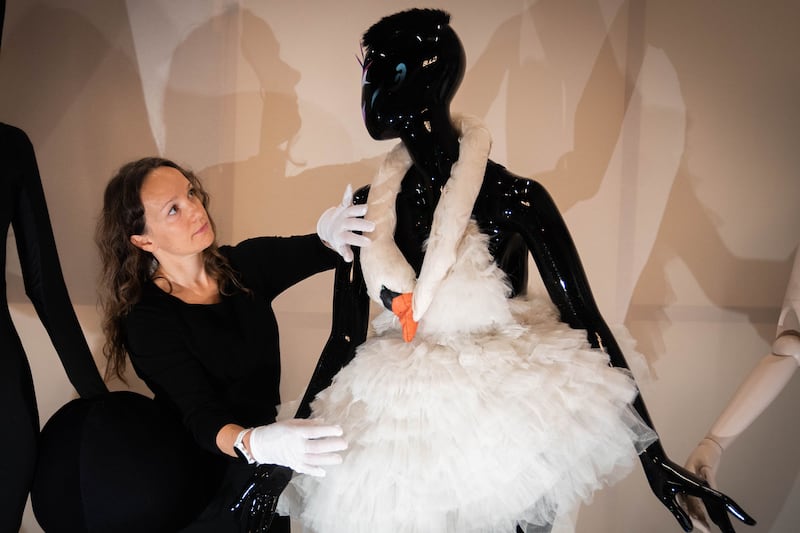THE history of Jewish people who served in World War II has been explored in a new exhibition at the Belfast synagogue.
The 'Jews and World War II' display tells of how Northern Ireland was a place of refuge for those fleeing from the Nazi tyranny with military memorabilia and photographs unveiled at the Somerton Road exhibition earlier this week.
During the war, members of the Belfast Hebrew Congregation, now known as the Belfast Jewish Community, answered the call to defend and many of their powerful testimonies are relived in the exhibition.
Among those who died were Captain Harold Smith and Robert Black, whose decorations and military memorabilia form part of the exhibition.
Captain Smith, who joined the Royal Navy aged 24, ended up in Belfast after his ship came under attack as it travelled to the city. He was one of the few officers to survive and went on to serve in Icelandic and Scottish waters.
He later became a successful businessman and councillor in the former Belfast Corporation. He became chairman of the Education Committee and was the first chairman of the Belfast Education and Library Board.
The life of Robert Black, a native of Belfast who volunteered in the Territorial Army in May 1939, is also relived in the exhibition. After leaving the army, he joined the family business and was an active member of the Belfast Branch of the Jewish ex-serviceman's Association.
Photographs and memorabilia from the life of Olga Caplin from the Old Cavehill Road in Belfast is also included in the exhibition. Her parents Annie and Harry Caplin owned Duncairn and Lido Cinemas in Belfast and regularly welcomed Jewish servicemen into their home.
She married American GI Phil Baker, who was stationed in Northern Ireland, and after the war moved to New York.
She returned to live in Belfast in 1948, but the couple divorced when Olga refused to move back to the US as she did want to uproot her mother, who was blind.
Olga met her second husband Herbie, from Arizona, at the Grove nightclub on the Shore Road in Belfast.
The exhibition will be travelling around Northern Ireland with details still to be confirmed.
